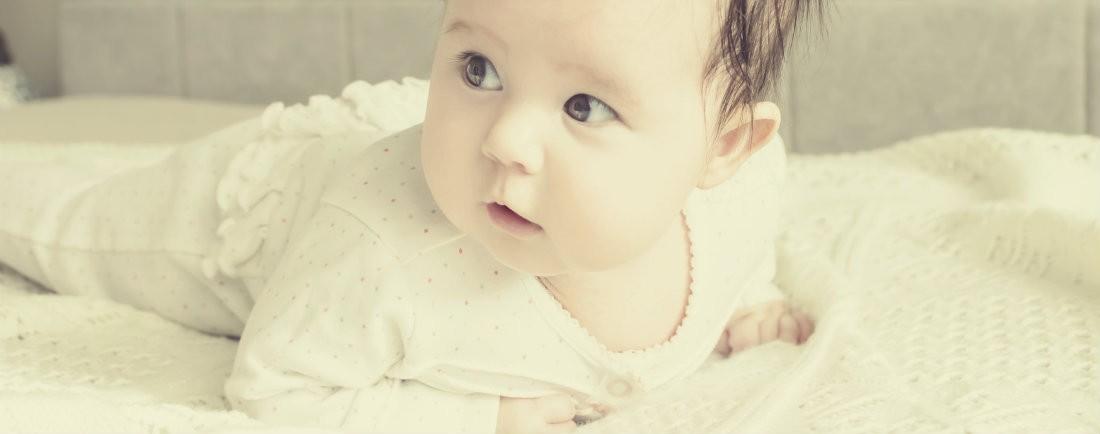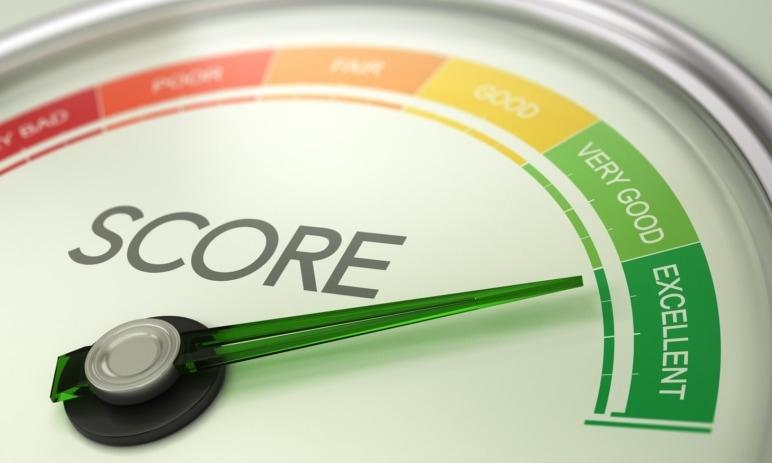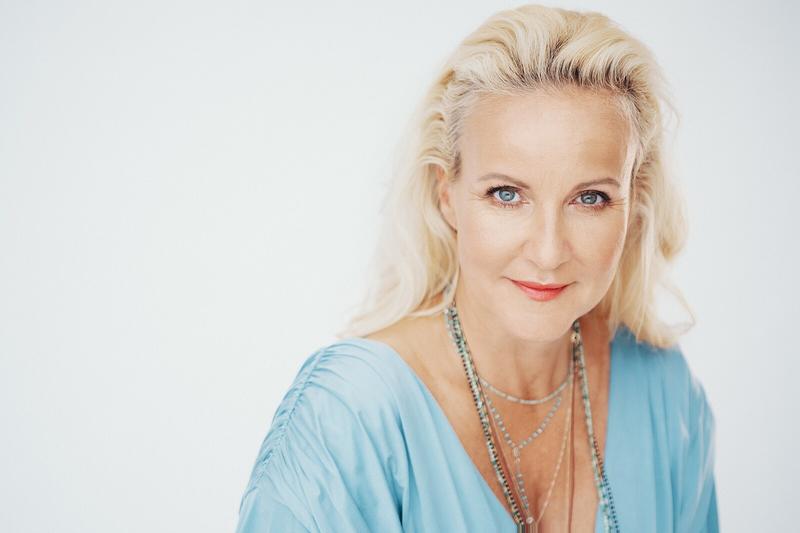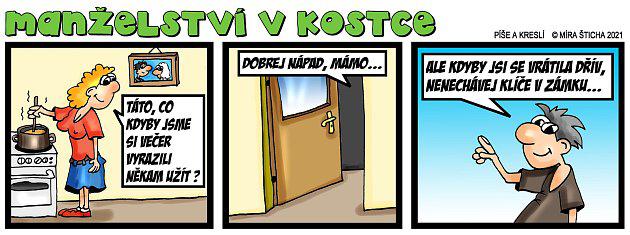Don't rush your baby's hobbies. This position can also hurt<
“A baby should not be placed on its tummy to 'play' until it is sufficiently developed, which is between 12 and 18 weeks of life. By three months of age, he has a disproportionately large, heavy head compared to his body and the strength of individual muscles. To put it in perspective, it's like a grown man carrying a head half the size of his chest. The muscles in the region of the spine and the deep stabilizing system of a small baby cannot bear such a load. The situation then forces him to engage the 'bad' muscles, which the brain fixes for further development. Defective posture is then reflected into adulthood," points out physiotherapist Iva Bílková.
Until the body is ready
Therefore, a child up to three months of age should only spend the necessary amount of time in the stomach position - a moment when bathing, changing diapers or during a check-up with the doctor. Only between the 12th and 18th week of a baby's life does the synchronous activity of its deep muscles from the cervical to the lumbar spine and the interaction of the rectus and oblique abdominal muscles occur. Thanks to this, he will also begin to manage attempts to roll over from his back to his tummy.
Generations of mothers and grandmothers differ in their knowledge of child psychomotor development. While in the past it was common to sit children down prematurely (even on the potty), put them in walkers or hold them while walking by both of their raised arms, today's mothers reject these methods. Grandmothers themselves teach that the baby's soft bones and joints cannot yet support the weight of the head in an upright position, that there is pressure on the organs in the chest and deformation of the spine. They know that a child must have developed enough muscles to be able to maintain an upright spine against the earth's gravitational force.
A myth that still persists
Read also:
So why does the myth of early prone positioning persist, for which similar rules should logically apply?"A number of experts still believes that by laying on the tummy several times a day for as many minutes as the baby can stand, it strengthens the neck and back muscles. When a child tries to raise its head, turn to look for a light, toy or mom, it is true that it strengthens certain muscles, but it is definitely not an active balance between the front and back of the neck muscles, back, abdomen and deep muscles on the spine, which is key for proper psychomotor development," the physiotherapist points out.

The same muscles that are active in babies lying on their backs are also active in the tummy position. However, the work of the muscles, which are still inactive due to the young age of the babies, will be taken over by the genetically stronger muscles from the early man. After that, moms can watch for the first imbalances around the baby's spine, whether it's a tilt of the head or a rotation to one side.
“The child in the prone position begins to strain the trapezius muscle or the interscapular muscles. Due to the imperfect activity of the diaphragm and the interaction of the abdominal muscles, the lower part of his ribs will noticeably stick out and he will sag in the lumbar spine. The children then fix the curvature of the back and use it when rolling onto their side, sitting, crawling, climbing, but also standing. The tension of the muscles and tendons defines the development of the shape of the vertebrae, long bones, but also the load-bearing hip and knee joints. The problem is then chained in preschool age in the form of scoliotic posture, and in adulthood it can manifest itself in back pain, headaches, joint replacements, flat feet or worse lung capacity. It is always true that once a baby learns and the brain fixes it, it is difficult to break it down," Iva Bílková lists the risks.
So when to start?
In order for the baby to be placed safely on his tummy, he must be able to roll over from his back to his side on his own and maintain the position without rolling over uncoordinated.
"With proper unhurried manipulation, the child has a developed balance between the individual muscles responsible for correct spine straightening, pelvis and chest rotation around 4.5 months of age. Adequate coordination of the muscles will keep the spine straight, the lower ribs bent, the shoulder joints relaxed and the shoulder blades fixed in such a way that the forearms and pelvis can be properly supported on the mat and the child can lift the head without overloading the muscles in the entire spine," described Iva Bílková.
View full article >>

 Tags:
Tags: Prev
Prev







